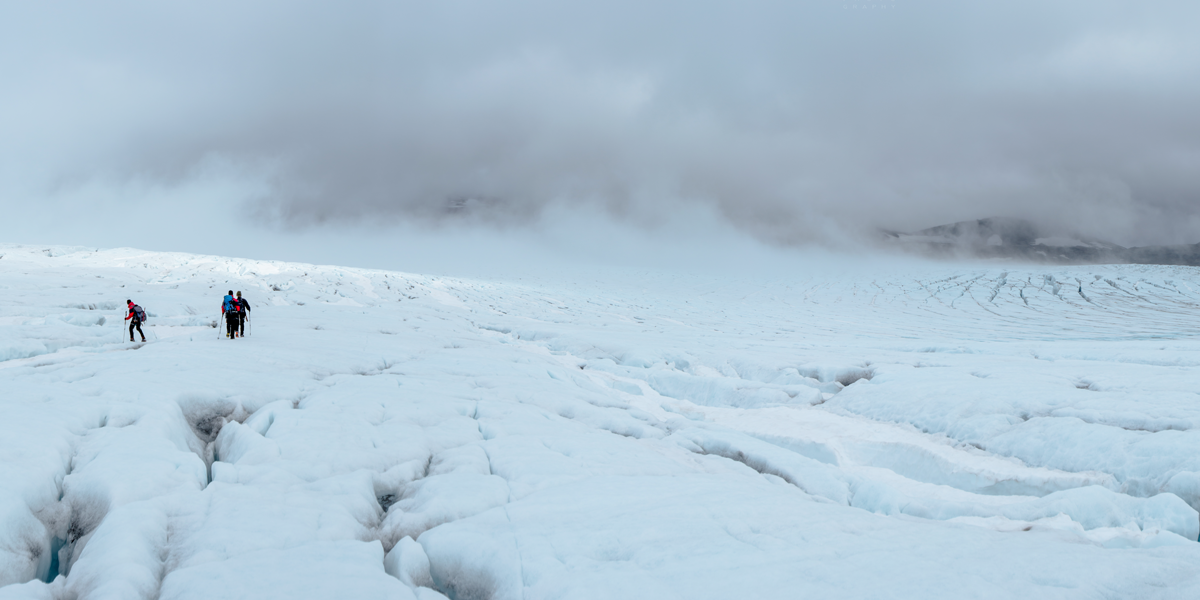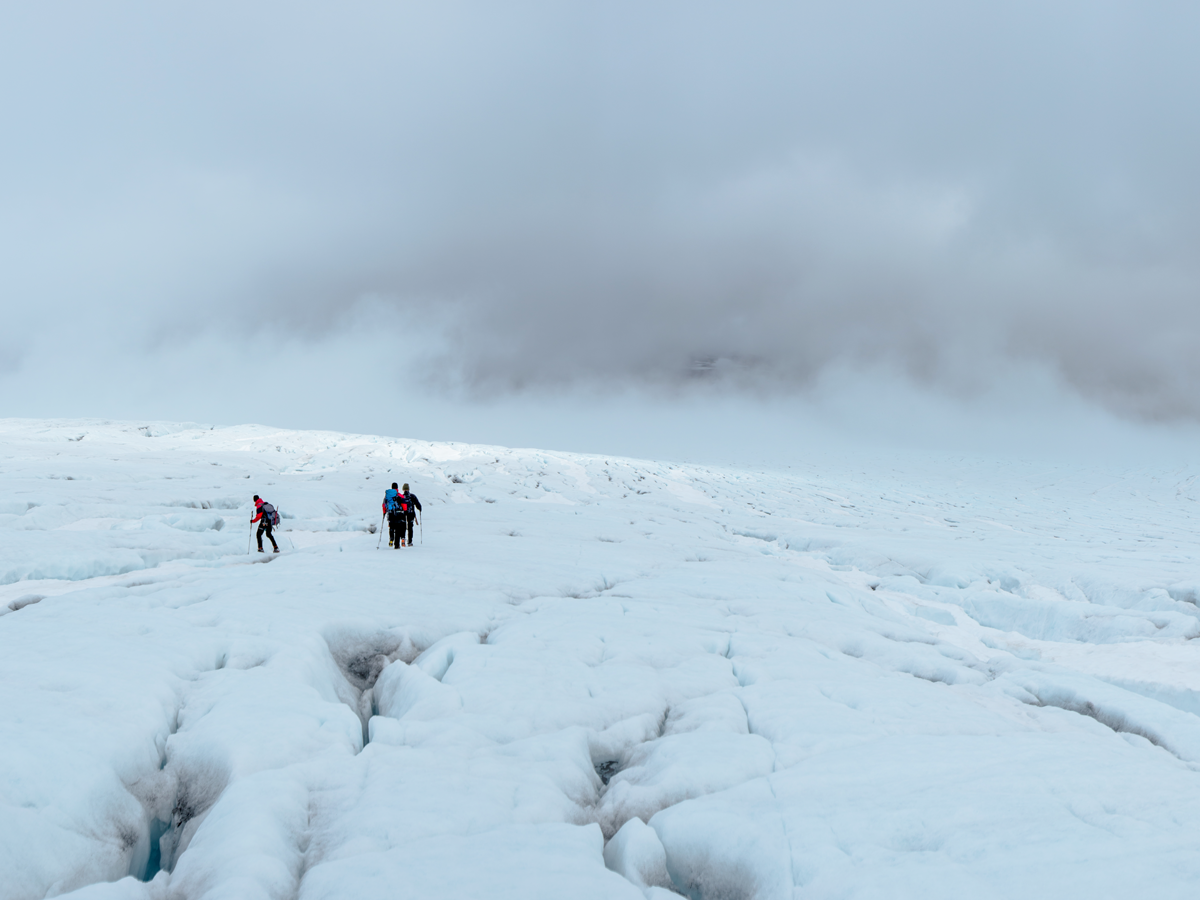
Going to Extremes

Koalas and kangaroos burn in hellish fires Down Under. The Australian 2019–2020 fire season is estimated to have killed over 1 billion animals. Climate change has created extreme environmental conditions such as ocean and polar warming and sea ice reduction. Severe weather now seems nothing new in the 6 o’clock news. In the United States alone approximately 200 million Americans were under extreme heat advisories during the summer this past year.
To investigate these conditions, NASA has awarded $3 million to UTSA to develop an interdisciplinary Center for Advanced Measurements in Extreme Environments. The agency and UTSA will collaborate to push the boundaries of current measurement and modeling technology by conducting research in harsh and extreme environments.
“It’s urgent that measurement technologies be developed for these challenging settings to understand the physical nature of these extreme environments, and to improve our ability to predict their behavior through simulations,” says Hongjie Xie, professor and chair of the Department of Geological Sciences. Xie, a remote sensing scientist, leads a team of UTSA professors who will lend expertise to the new center.
Other team members include Christopher Combs, a Dee Howard Endowed Assistant Professor in the Department of Mechanical Engineering, who will investigate how the extreme hypersonic flow conditions experienced during atmospheric reentry will impact the design of NASA flight vehicles, and Kiran Bhaganagar, an associate professor of mechanical engineering and associate fellow in the American Institute of Aeronautics and Astronautics, who will provide expertise on fluid dynamics and turbulence. The team is completed by sea ice specialist Stephen Ackley and oceanographer Alberto Mestas-Nuñez, who was one of the developers of Arctic CyberInfrastructure, an open-source dashboard to track sea ice changes in the Arctic Ocean. As it evolves, the extreme environments center will also welcome collaborators from UTSA’s other academic disciplines.
“What we have in common are harsh environments where all these measurements are made, but it’s really hard to make a measurement because the conditions are so extreme,” Combs says. “Whether it’s hypersonics, where everything is incredibly hot and you have plasma and disassociated air, or the polar ice caps, where everything is frozen and you have to do things remotely, we have similar challenges.”
The new center’s research focus areas will include polar sea ice and sea-level rise; the Gulf of Mexico and polar oceans; atmospheric science and extreme events; aerodynamics; and modeling, simulation, and big data.
“We are measuring and studying extreme conditions in the entire earth system, including the atmosphere, the ocean, and sea ice,” Bhaganagar says. “This is one novelty of this new center.”
Advancing Research Opportunities
The UTSA team responsible for the Center for Advanced Measurements in Extreme Environments anticipates training 64 highly skilled professionals in STEM disciplines to support NASA’s mission. Their work will enhance the agency’s efforts to develop a diverse workforce in earth system sciences, remote sensing technologies, computational fluid dynamics, and experimental fluid mechanics in support of NASA’s Science, Aeronautics, and Space Technology Mission Directorates.
Participants will enroll in summer internships at three NASA centers: the Goddard Space Flight Center, Jet Propulsion Laboratory, and Langley Research Center. Hands-on workshops will be offered to K-12 teachers to further develop an interest in earth system science, measurement, and data analytics among the next generation of students. The center will also create several experiential learning opportunities for UTSA students, providing them with unique training to pursue new career opportunities.
UTSA will collaborate with the Alamo Colleges District, which will provide an additional pool of students to help with recruitment efforts, and the Dee Howard Foundation, which will also assist with local K-12 outreach activities.
Additionally, the center will include academic partners from the University of Colorado, Boulder, and University of California, Los Angeles, who will provide expertise in atmospheric sciences to tackle large-scale phenomena such as how high-velocity Santa Ana winds are generated, potentially leading to massive forest fires. Other research collaborations will include Southwest Research Institute, Texas Space Grant Consortium, and the U.S. National Ice Center.
“One of the end goals of the center is to add to the nation’s research capability in earth system science research and education,” says sea ice specialist Ackley.

